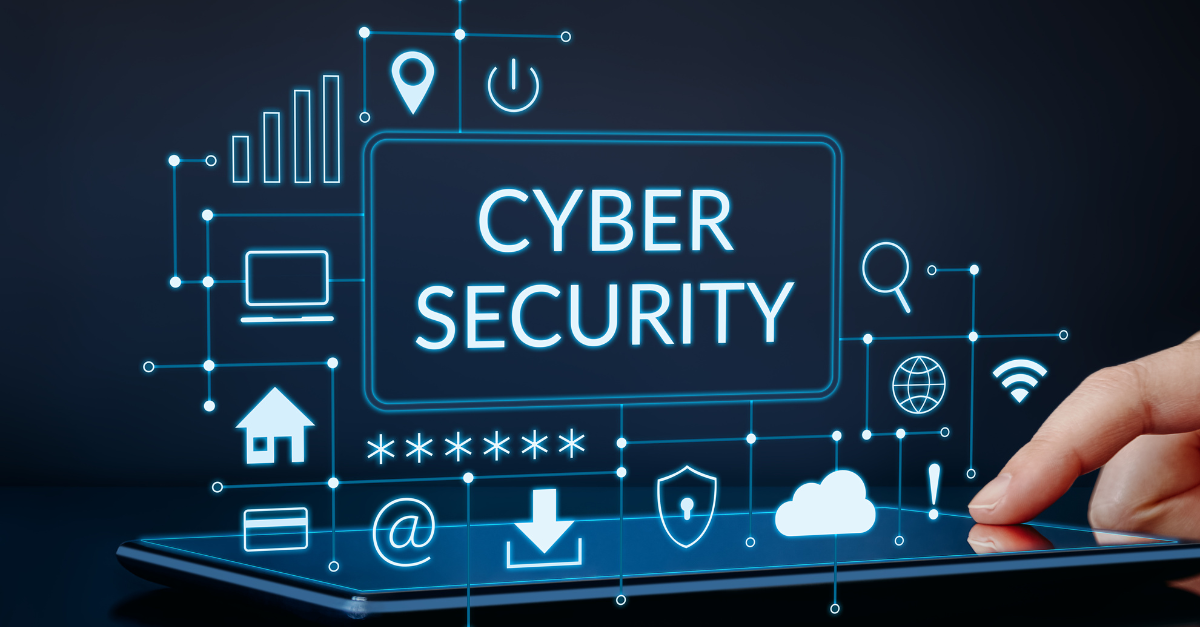Welcome to the digital age, where technology has transformed our lives in remarkable ways. However, with this connectivity comes the need for robust cybersecurity measures and a heightened focus on data privacy. In this blog, we will explore the significance of cybersecurity, the implications of data breaches, and best practices for online safety. We will also delve into emerging trends that aim to protect our personal information in an ever-evolving digital landscape. By understanding the importance of cybersecurity and implementing effective measures, we can safeguard our digital world and protect our sensitive information.

The Significance of Cybersecurity
Cybersecurity is the practice of protecting computers, servers, networks, and data from unauthorized access, theft, and damage. It plays a critical role in maintaining the confidentiality, integrity, and availability of digital systems. With the rapid advancements in technology, cyber threats have become increasingly sophisticated and pervasive. Malicious actors exploit vulnerabilities in software, networks, and human behavior to gain unauthorized access to sensitive information, leading to severe consequences for individuals and organizations alike.
Data Breaches and their Implications
SuData breaches occur when unauthorized individuals gain access to sensitive information, such as personal identities, financial data, or confidential business records. The consequences of a data breach can be devastating, ranging from financial loss and reputational damage to identity theft and fraud. Organizations that fail to protect their customers' data may face legal and regulatory penalties, loss of trust, and long-term financial repercussions. Individuals, on the other hand, may suffer significant personal and financial harm.

Best Practices for Online Safety
To mitigate the risks of cyber threats and protect our personal information, it is essential to adopt best practices for online safety. Here are some key measures individuals and organizations should consider:
- Strong Passwords: Use unique, complex passwords for each online account and consider using password managers to securely store and manage them.
- Two-Factor Authentication (2FA): Enable 2FA whenever possible to add an extra layer of security to your accounts. This typically involves entering a second form of verification, such as a unique code sent to your mobile device.
- Regular Software Updates: Keep your operating system, applications, and security software up to date to ensure you have the latest patches and protection against known vulnerabilities.
- Phishing Awareness: Be cautious of suspicious emails, messages, or calls that request personal information or prompt you to click on suspicious links. Verify the authenticity of the source before sharing any sensitive data.
- Secure Wi-Fi: Use encrypted Wi-Fi networks, avoid connecting to public or unsecured networks, and disable automatic Wi-Fi connections on your devices.
- Backup Data: Regularly back up your important data to an external hard drive or cloud storage. In the event of a cyber attack or data loss, you can restore your files without compromising your information.
Emerging Trends in Data Privacy
As the digital landscape evolves, new trends and technologies are emerging to enhance data privacy. Encryption, for example, is becoming more widespread, ensuring that sensitive information remains confidential during transmission and storage. Privacy-enhancing technologies (PETs) like differential privacy and homomorphic encryption are gaining traction, allowing for secure data analysis and storage while preserving individual privacy.
The implementation of strict data protection regulations, such as the General Data Protection Regulation (GDPR) in Europe, has forced organizations to prioritize user privacy and implement robust data protection measures. Additionally, advancements in artificial intelligence and machine learning are being leveraged to detect and prevent cyber threats more effectively, enhancing overall cybersecurity defenses.
Conclusion
In an increasingly interconnected world, cybersecurity and data privacy are paramount. By understanding the significance of cybersecurity, the implications of data breaches, and adopting best practices for online safety, we can protect our personal information and mitigate the risks of cyber threats. As technology continues to advance, staying informed about emerging trends and leveraging innovative solutions will be crucial to safeguarding our digital world. Let's embrace the principles of cybersecurity and data privacy to ensure a safer and more secure digital future for all.
